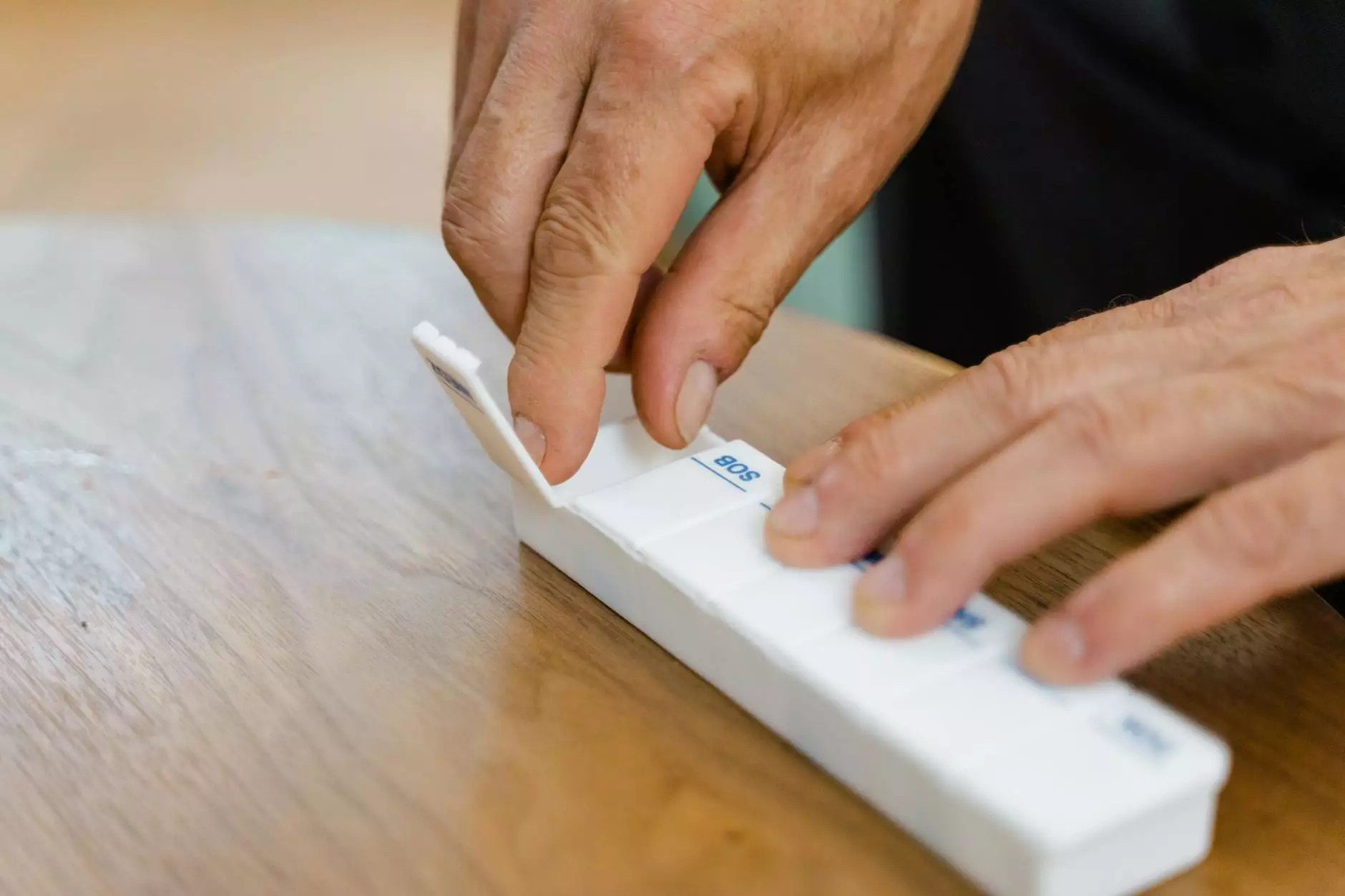Understanding Blood Clots on the Shin: Causes, Symptoms, and Treatment

A blood clot on the shin can be an alarming medical condition, often indicating deeper issues within the vascular system. Identifying the symptoms, understanding potential causes, and knowing the treatment options are vital for your health. This article covers these aspects to equip you with the information necessary for maintaining your vascular health.
What is a Blood Clot?
A blood clot, also known as a thrombus, is a gel-like mass formed by platelets, proteins, and red blood cells in the blood. Blood clots play a crucial role in stopping bleeding by forming a plug at the site of injury. However, abnormal blood clots can occur in locations such as the shin, leading to serious complications.
Why Do Blood Clots Form in the Shin?
Understanding the causes of blood clots in the shin is essential for prevention and management. Blood clots can form due to a variety of factors, including:
- Injury or Trauma: Direct injuries to the shin, such as fractures or severe bruising, can increase the likelihood of clot formation.
- Prolonged Immobility: Extended periods of inactivity, such as being seated during long flights or bed rest after surgery, can slow down blood flow and lead to clots.
- Underlying Health Conditions: Conditions like deep vein thrombosis (DVT), varicose veins, and certain cancers can predispose individuals to blood clots.
- Hormonal Factors: Hormonal changes, including those during pregnancy or from taking hormonal contraceptives, can affect blood clotting mechanisms.
- Genetic Predisposition: Some individuals may inherit conditions that predispose them to clot formation, such as Factor V Leiden or Protein C deficiency.
Recognizing the Symptoms of a Blood Clot on the Shin
Early recognition of symptoms related to a blood clot on the shin can be crucial for treatment and potential life-saving interventions. Common symptoms include:
- Swelling: A noticeable increase in size in one leg or shin compared to the other.
- Pain: A cramping or aching sensation, often starting in the calf or shin.
- Red or Discolored Skin: Skin over the affected area may appear red or have a bluish tinge.
- Warmth: The area around the clot may feel warm to the touch compared to the surrounding skin.
- Fatigue: General feelings of fatigue or malaise may also accompany more localized symptoms.
Dangers of Ignoring Blood Clots
Ignoring symptoms of a blood clot on the shin can lead to severe complications, such as:
- Pulmonary Embolism: A clot can travel to the lungs, blocking blood flow and causing respiratory distress.
- Post-Thrombotic Syndrome: Long-term complications resulting from damage to the veins after a clot.
- Chronic Venous Insufficiency: A condition where the veins struggle to send blood back to the heart, resulting in swelling and pain.
Diagnosis of Blood Clots
If you suspect you have a blood clot on your shin, timely diagnosis is paramount. Medical professionals utilize various methods to diagnose blood clots, including:
- Blood Tests: D-dimer tests can help detect the presence of clotting disorders.
- Ultrasound: This imaging technique is the most common method for detecting clots in deep veins.
- CT Scans: More advanced imaging may be used for further evaluation, especially for suspected pulmonary embolism.
Treatment Options for Blood Clots on the Shin
Upon diagnosis, treatment for a blood clot on the shin will depend on various factors, including the clot's location and the patient’s overall health. Common treatments include:
1. Medications
The primary goal of treatment is to reduce the size of the clot and prevent new clots from forming. Medications may include:
- Anticoagulants: Also known as blood thinners, these medications help prevent further clotting.
- Thrombolytics: These are more aggressive drugs used to dissolve clots quickly in severe cases.
2. Compression Stockings
Graduated compression stockings can reduce swelling and increase blood flow in the legs, providing symptomatic relief.
3. Surgical Options
In cases where medication is insufficient, or serious complications arise, surgical interventions may be necessary:
- Thrombectomy: A procedure to remove the clot from the blood vessel.
- Inferior Vena Cava Filters: A small device placed in the inferior vena cava to trap blood clots before they travel to the lungs.
Preventing Blood Clots on the Shin
There are several strategies to reduce the risk of developing a blood clot on the shin:
- Stay Active: Regular exercise promotes healthy blood circulation.
- Elevate Your Legs: Elevating your legs can reduce pressure on veins.
- Stay Hydrated: Proper hydration can promote healthy blood flow.
- Wear Compression Stockings: Especially when traveling or during prolonged inactivity.
- Monitor Hormonal Medications: Consult with your healthcare provider about potential risks associated with hormonal treatments.
When to Seek Medical Help
Given the serious implications of a blood clot on the shin, it's essential to seek medical attention immediately if you experience:
- Severe pain in your leg or shin.
- Sudden swelling in one leg.
- Symptoms of pulmonary embolism, such as chest pain or difficulty breathing.
Conclusion
A blood clot on the shin is not to be taken lightly and warrants careful attention. Understanding the causes, being aware of the symptoms, and knowing the available treatment options can significantly impact your health and well-being. If you suspect you have a blood clot, do not hesitate to seek medical advice and intervention. Your vascular health is paramount, and proactive measures can lead to healthier outcomes.
blood clot on shin








